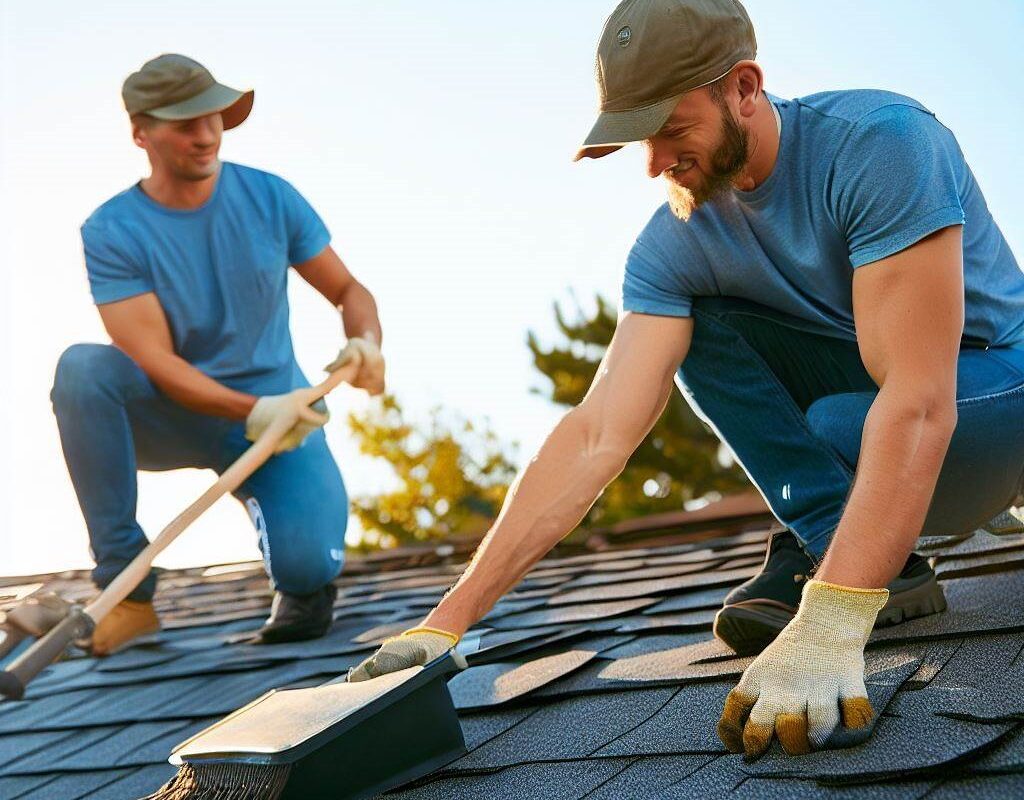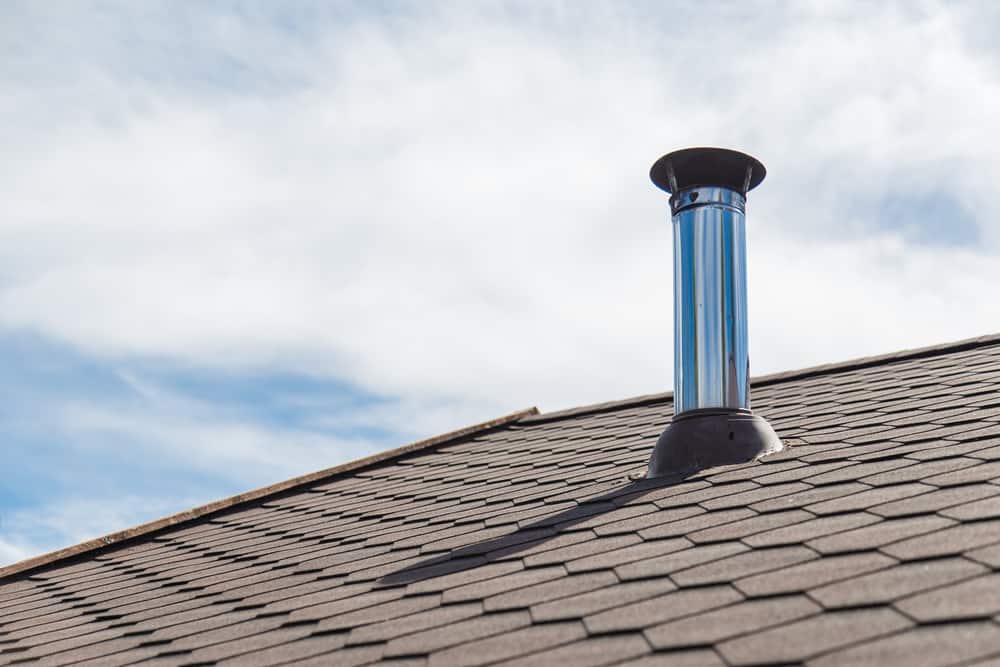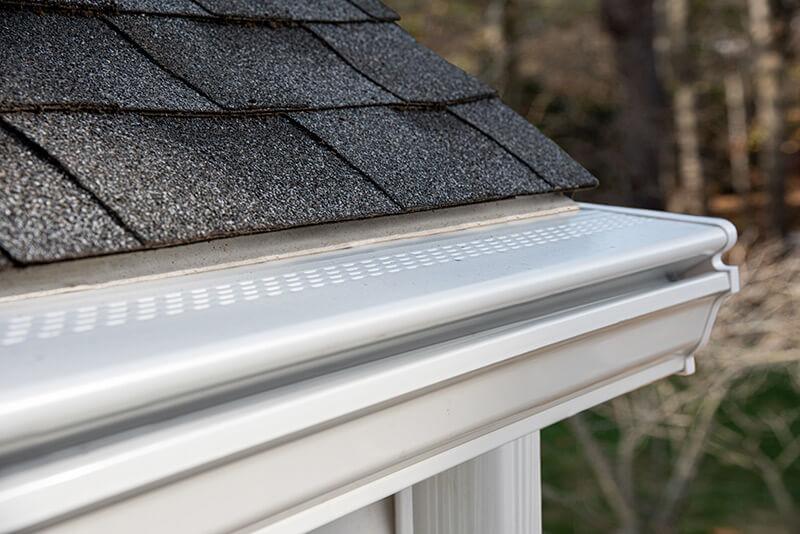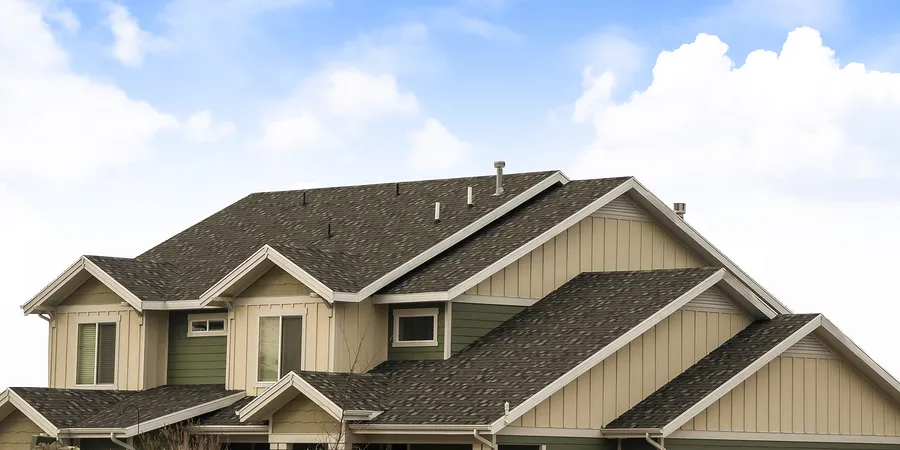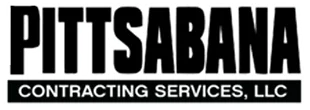Roof shingles are an important part of any house, as they protect it from the elements. However, over time, shingles can become dirty and unsightly, and if left untreated, they can cause damage to the roof. Cleaning roof shingles is therefore an important task that should be done regularly. In this article, we will discuss the do’s and don’ts of cleaning roof shingles, with a focus on how to clean asphalt shingle roofs.
What’s involved in roof cleaning?
Roof cleaning involves removing dirt, debris, and stains from the shingles. It is important to do this regularly, as dirt and debris can cause damage to the shingles, leading to leaks and other problems. There are several methods for cleaning roof shingles, including pressure washing, chemical cleaning, and manual cleaning. Each method has its pros and cons, and the best method for your roof will depend on its age, condition, and the type of shingles it has.
How to Clean Asphalt Shingle Roof
Asphalt shingles are the most common type of roofing material used in the US, and they can be cleaned using a variety of methods. The best method for cleaning asphalt shingle roofs is manual cleaning. Here’s how to do it:
- Start by removing any debris from the roof, such as leaves, branches, and twigs. Use a broom or leaf blower to clear the roof.
- Mix a cleaning solution of one part bleach and three parts water in a garden sprayer or pump sprayer. Be sure to wear protective clothing, gloves, and eyewear.
- Spray the solution onto the roof, starting at the top and working your way down. Be sure to saturate the shingles thoroughly.
- Let the solution sit for about 15-20 minutes, or until the stains have been removed.
- Rinse the roof with a garden hose, starting at the top and working your way down. Be sure to rinse thoroughly to remove all of the cleaning solution.
- Allow the roof to dry completely before inspecting it for any damage or other issues.
Best Way to Clean Asphalt Roof Shingles
The best way to clean asphalt roof shingles is by using a mixture of bleach and water. This solution is effective at removing stains, moss, and algae from the shingles, and it is also safe for the environment. However, it is important to use the right proportions of bleach and water, as too much bleach can damage the shingles.
Worst Way to Clean Asphalt Roof Shingles
The worst way to clean asphalt roof shingles is by using a pressure washer. While pressure washing can be effective at removing dirt and debris from the roof, it can also damage the shingles, leading to leaks and other problems. Pressure washing can also void the warranty on some types of shingles, so it is important to check with the manufacturer before using this method.
Don’t:
- Use a pressure washer, as this can damage the shingles and void the warranty.
- Use abrasive or acidic cleaners, as these can also damage the shingles.
- Walk on the roof, as this can cause further damage to the shingles and put you at risk of falling.
- Attempt to clean your roof yourself if you are not comfortable working at heights or do not have the necessary equipment.
Should you clean or replace your roof?
If your roof is in good condition and just needs a good cleaning, then it is usually better to clean it rather than replace it. However, if your roof is old, damaged, or has other issues, then it may be time to consider replacing it. A professional roofing contractor can help you determine whether your roof needs to be cleaned or replaced, and can provide you with an estimate for the cost of the work.
In conclusion, cleaning roof shingles is an important task that should not be overlooked. By following the proper techniques and using the right tools and cleaning solutions, you can help extend the life of your roof and prevent costly repairs down the line. Remember to always prioritize safety when working on your roof, and consider hiring a professional roofing contractor if you are unsure about the best way to clean or maintain your roof. With a little effort and care, you can keep your roof looking and functioning its best for years to come.
Look to your trusted builder for advice, support and a quote to professionally and responsibly solve your problem. If you’re in the market for new roofing in Mount Lebanon PA, turn to Pittsabana Contracting Services LLC. This local roofing company employs team members who are certified by CertainTeed and committed to delivering premium service on every job, from repairing storm-damaged commercial buildings to fully replacing residential roofs. Call (412) 580-6567 to speak with a friendly staff member to schedule service or visit the website to learn more about how they’ll help you.


